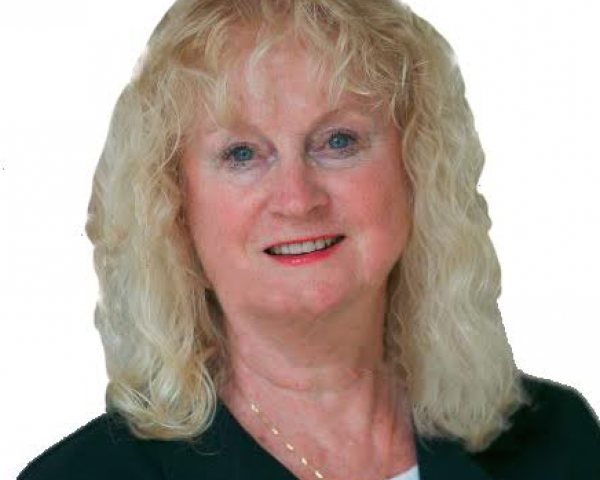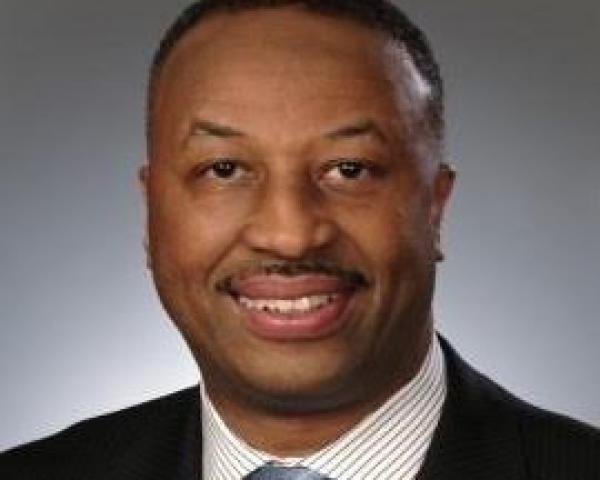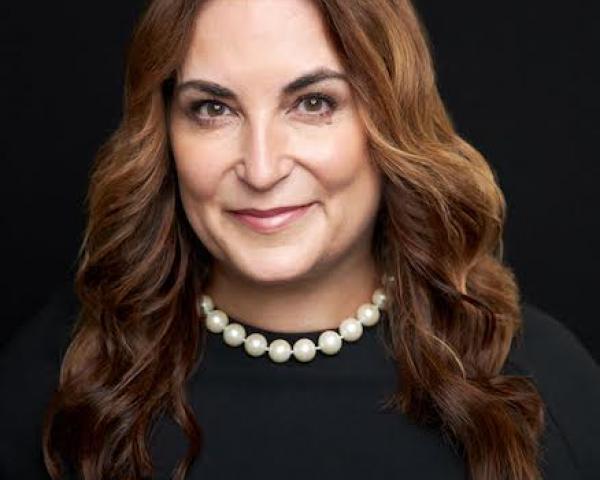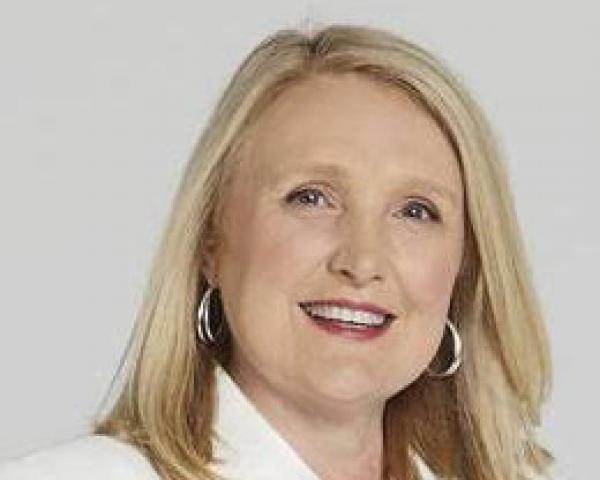Data Prefill: Now You See It, Now You Don’t
Data prefill has reached commercial lines: Businesses need a simpler application, and distributors need to be freed from clerical tasks.

Data prefill has reached commercial lines: Businesses need a simpler application, and distributors need to be freed from clerical tasks.

Get Involved
Our authors are what set Insurance Thought Leadership apart.
|
Partner with us
We’d love to talk to you about how we can improve your marketing ROI.
|

Karen Pauli is a former principal at SMA. She has comprehensive knowledge about how technology can drive improved results, innovation and transformation. She has worked with insurers and technology providers to reimagine processes and procedures to change business outcomes and support evolving business models.
Insurance companies must attack financial crimes or they may be next, after banks, to receive the attention of examiners.

Get Involved
Our authors are what set Insurance Thought Leadership apart.
|
Partner with us
We’d love to talk to you about how we can improve your marketing ROI.
|

Edmund Tribue is the risk and regulatory practice leader for NTT DATA services.
While there is an almost endless selection of service offerings available to agencies, a select few – like workflow management – are crucial.

Get Involved
Our authors are what set Insurance Thought Leadership apart.
|
Partner with us
We’d love to talk to you about how we can improve your marketing ROI.
|
Large books of low-volatility policies, normally covered by primary insurers, could be packaged by others into securitized risk pools.

Get Involved
Our authors are what set Insurance Thought Leadership apart.
|
Partner with us
We’d love to talk to you about how we can improve your marketing ROI.
|

Donna Galer is a consultant, author and lecturer.
She has written three books on ERM: Enterprise Risk Management – Straight To The Point, Enterprise Risk Management – Straight To The Value and Enterprise Risk Management – Straight Talk For Nonprofits, with co-author Al Decker. She is an active contributor to the Insurance Thought Leadership website and other industry publications. In addition, she has given presentations at RIMS, CPCU, PCI (now APCIA) and university events.
Currently, she is an independent consultant on ERM, ESG and strategic planning. She was recently a senior adviser at Hanover Stone Solutions. She served as the chairwoman of the Spencer Educational Foundation from 2006-2010. From 1989 to 2006, she was with Zurich Insurance Group, where she held many positions both in the U.S. and in Switzerland, including: EVP corporate development, global head of investor relations, EVP compliance and governance and regional manager for North America. Her last position at Zurich was executive vice president and chief administrative officer for Zurich’s world-wide general insurance business ($36 Billion GWP), with responsibility for strategic planning and other areas. She began her insurance career at Crum & Forster Insurance.
She has served on numerous industry and academic boards. Among these are: NC State’s Poole School of Business’ Enterprise Risk Management’s Advisory Board, Illinois State University’s Katie School of Insurance, Spencer Educational Foundation. She won “The Editor’s Choice Award” from the Society of Financial Examiners in 2017 for her co-written articles on KRIs/KPIs and related subjects. She was named among the “Top 100 Insurance Women” by Business Insurance in 2000.
With the NFIP expiring tomorrow, it's time to not only privatize flood insurance but to require that everyone get it.

Get Involved
Our authors are what set Insurance Thought Leadership apart.
|
Partner with us
We’d love to talk to you about how we can improve your marketing ROI.
|

Sean Harper is the co-founder and CEO of Kin Insurance, an independent property insurance company that uses big data and machine learning to provide quick, fair and accurate insurance coverage for homeowners.
The author helped family recover from the California wildfires. The experience with both personal and commercial lines was eye-opening.

Get Involved
Our authors are what set Insurance Thought Leadership apart.
|
Partner with us
We’d love to talk to you about how we can improve your marketing ROI.
|

Karlyn Carnahan is the head of the Americas Property Casualty practice for Celent. She focuses on issues related to digital transformation. Carnahan is the lead analyst for questions related to distribution management, underwriting and claims, core systems and operational excellence.
While some technology is noise, it can help especially in claims management and risk control.

Get Involved
Our authors are what set Insurance Thought Leadership apart.
|
Partner with us
We’d love to talk to you about how we can improve your marketing ROI.
|

Mark Walls is the vice president, client engagement, at Safety National.
He is also the founder of the Work Comp Analysis Group on LinkedIn, which is the largest discussion community dedicated to workers' compensation issues.

Kimberly George is a senior vice president, senior healthcare adviser at Sedgwick. She will explore and work to improve Sedgwick’s understanding of how healthcare reform affects its business models and product and service offerings.

As a reporter at the Wall Street Journal, I was taught to watch for news that companies would try to bury by releasing it over holiday weekends and to make sure that the news got all the coverage it deserved – maybe even a bit more, just to teach the company a lesson.
In that spirit, I’d like to tee up a discussion on the report on climate change that the U.S. government released on Friday, as so many of us were lounging on a couch, semi-comatose after the friendly gluttony from Thanksgiving support the night before. The report is getting plenty of coverage – somehow, the news media seems vigilant about not letting the Trump administration bury inconvenient news – but is missing what I think is a key element: the role that the insurance industry can play in adjudicating the debates that have already begun about the accuracy of the gloomy climate forecast.
The report has the potential of a Nixon-goes-to-China moment, even though so many conservative commentators went on the Sunday interview shows to say the equivalent of, “No, Nixon didn’t go to China,” or even, “China, what’s China?” in reacting to the new report. (I’m thinking mostly of those who argued that the legions of U.S. government scientists in the 13 agencies that produced the massive report were somehow paid by outside interests to manufacture claims of climate change. I’m not sure how that would even work.)
The staying power could come because this report wasn’t issued by a Democratic administration but by an aggressively anti-regulation administration that has trashed the idea of man-made climate change – yet produced a report that said there could be a 9-degree Fahrenheit rise in temperatures by the end of the century and that 10% of the U.S. economy could disappear, unless drastic changes are made.
While insurance pricing doesn’t have much to say about what will happen 80 years from now, it does have a lot to say about what will happen in the short to medium term. We won’t stop the debates about the science in the report. Debates will also rage about how much burden the U.S. should shoulder in stopping or reversing climate change. (What if China and India don’t do their part? What about the jobs that could be lost between now and the end of the century because of efforts to halt climate change? Etc.) But there’s a dollars-and-cents issue that comes into play now as insurance underwriters diligently assess risk.
I say we let our voice be heard, pointing out where risks associated with climate change are rising, leading to more frequent and severe claims--as well as where they aren’t. So, I’d appreciate any feedback on what’s actually happening with property rates and claims. Does loss experience for homeowners in hurricane zones suggest an increase in danger? If so, do today's rates reflect that increased exposure? How much? What about rates for homeowners near drought-ravaged forests? Or for those homes along the coast who would be vulnerable to rises in sea levels?
In other words, are underwriters already factoring increased exposure into their models and rates, or does the industry regard climate change fears as overblown? And what do reinsurers, as the aggregators of all this real or perceived risk, say?
Responding in a comment at the bottom of this post is probably the best way to share, so everyone can see what you have to say. But you can also respond just to those of us at ITL by replying to this email. You can be sure I’ll follow up as soon as I have anything smart to say.
Have a great week.
Paul Carroll
Editor-in-Chief
Get Involved
Our authors are what set Insurance Thought Leadership apart.
|
Partner with us
We’d love to talk to you about how we can improve your marketing ROI.
|

Paul Carroll is the editor-in-chief of Insurance Thought Leadership.
He is also co-author of A Brief History of a Perfect Future: Inventing the Future We Can Proudly Leave Our Kids by 2050 and Billion Dollar Lessons: What You Can Learn From the Most Inexcusable Business Failures of the Last 25 Years and the author of a best-seller on IBM, published in 1993.
Carroll spent 17 years at the Wall Street Journal as an editor and reporter; he was nominated twice for the Pulitzer Prize. He later was a finalist for a National Magazine Award.
The opportunity to catch up to or even lead the industry remains open to all. Untapped digital possibilities in insurance abound.

Get Involved
Our authors are what set Insurance Thought Leadership apart.
|
Partner with us
We’d love to talk to you about how we can improve your marketing ROI.
|

Donna Jermer is vice president, distribution lead for RGAX. She is setting and building the strategic foundation for development and execution of RGAX’s innovative distribution initiatives.
How can insurers issue policies and collect premiums if they have no faith in the drug testing process that employers use?

Get Involved
Our authors are what set Insurance Thought Leadership apart.
|
Partner with us
We’d love to talk to you about how we can improve your marketing ROI.
|